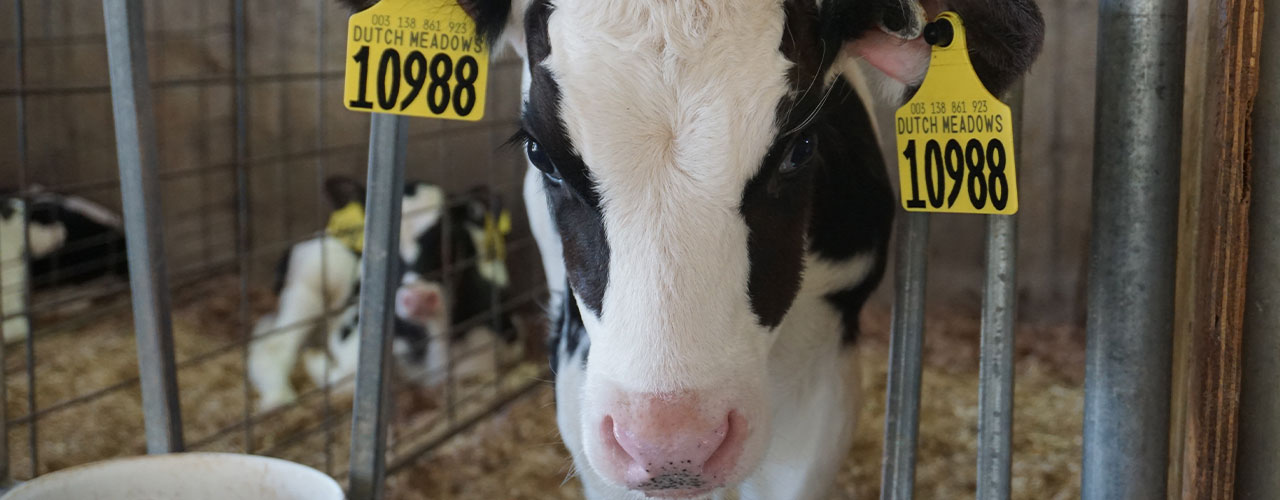Considering feeding whole milk?
By Alyssa Dietrich, [email protected], Senior Dairy Technical Advisor
It's common for me to be approached by clients considering making a change in their liquid feeding programs for calves. However, when asked whether whole milk or milk replacer is "better," I can't answer without asking the producer about their capabilities and goals. I have seen success on farms using whole milk, milk replacer, or a combination, and I've seen failures with every kind of feeding program as well. There are nutritional arguments for and against any of these programs, still, none will meet your calf health and growth goals if not executed correctly.
Let’s say you’ve decided to switch from milk replacer to whole milk because you have it available. Before you pull the trigger, ask yourself these questions:
-
How are you determining liquid feed costs?
I rarely see costs compared fairly between milk replacers and whole milk. It's much easier to determine the cost of milk replacer because you get a bill! However, whole milk fed to calves should never be considered free. If it is saleable, you must consider its opportunity cost. And, if not saleable, at least consider the production cost. There are a few other things that are more difficult to compare. Whole milk tends to be more calorie dense per gram of dry matter (DM), however, it does not include the beneficial additives and fortification provided in milk replacer. Also consider the value in convenience and labor savings that comes with mixing milk replacer vs. managing whole milk.
-
How consistent are protocols between feedings?
No program will work if there are major inconsistencies in mixing, solids, temperature, or volume. Milk replacer requires precise mixing of water and powder. However, there are generally more steps involved with managing whole milk, like pasteurizing and transporting milk. If you can't be sure that preparation and feeding protocols can be executed consistently, you should choose the simplest program possible.
-
Can your employees pay attention to detail?
Proper sanitation of equipment requires attention to detail. There are more surfaces whole milk touches between the cow and the calf compared to milk replacer, which is often mixed and fed immediately. With whole milk, there is higher risk of bacterial contamination when sanitation protocols are not followed correctly. Unfortunately, I’ve seen cases where milk is pasteurized and then re-contaminated with bacteria because of unclean milk feeding tanks.
There are many other questions to ask yourself when deciding what to feed your calves regarding nutritional differences. Start by answering these questions and reach out to me or a Cargill Dairy Focus Consultant for more calf and heifer solutions.

